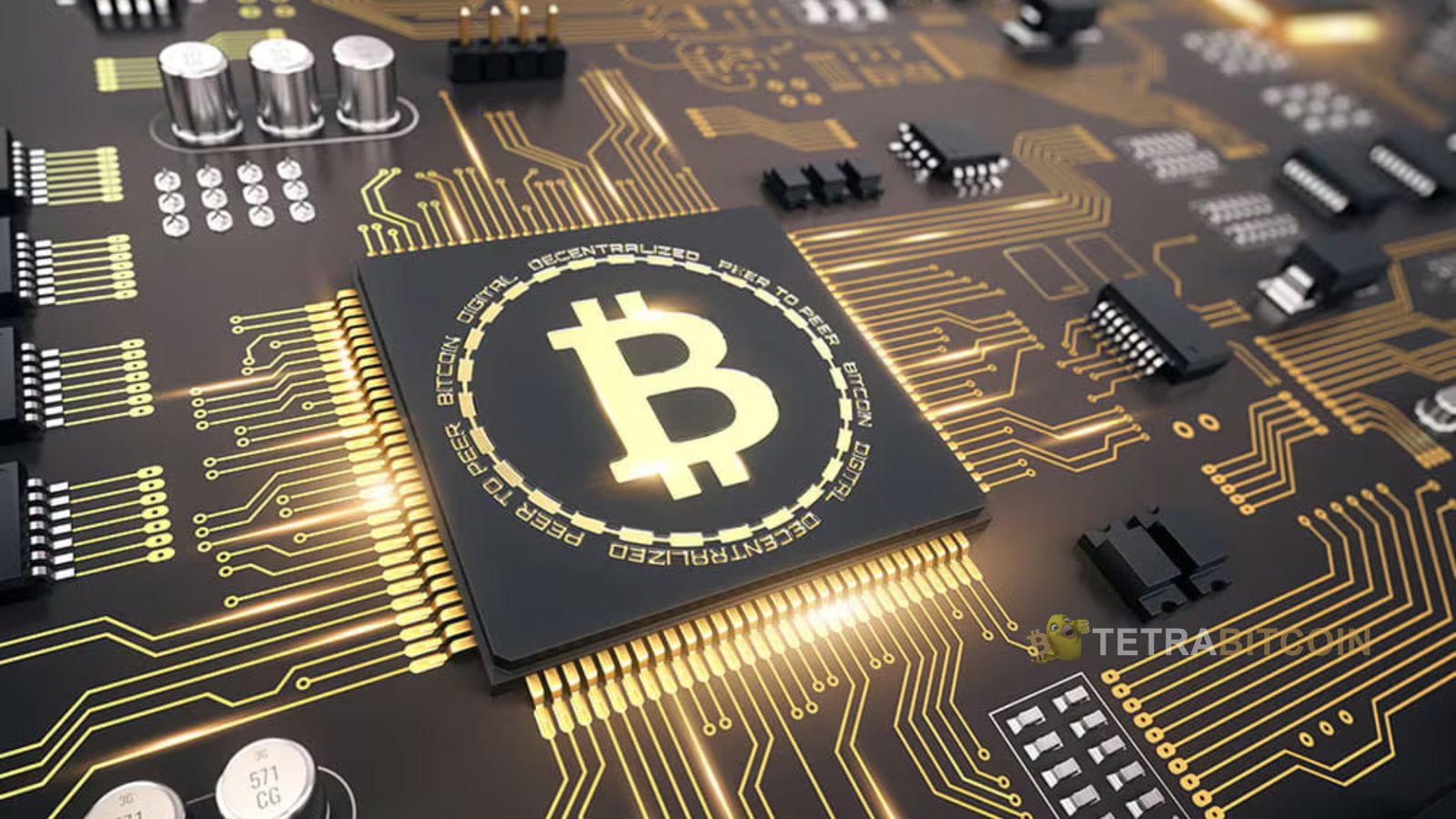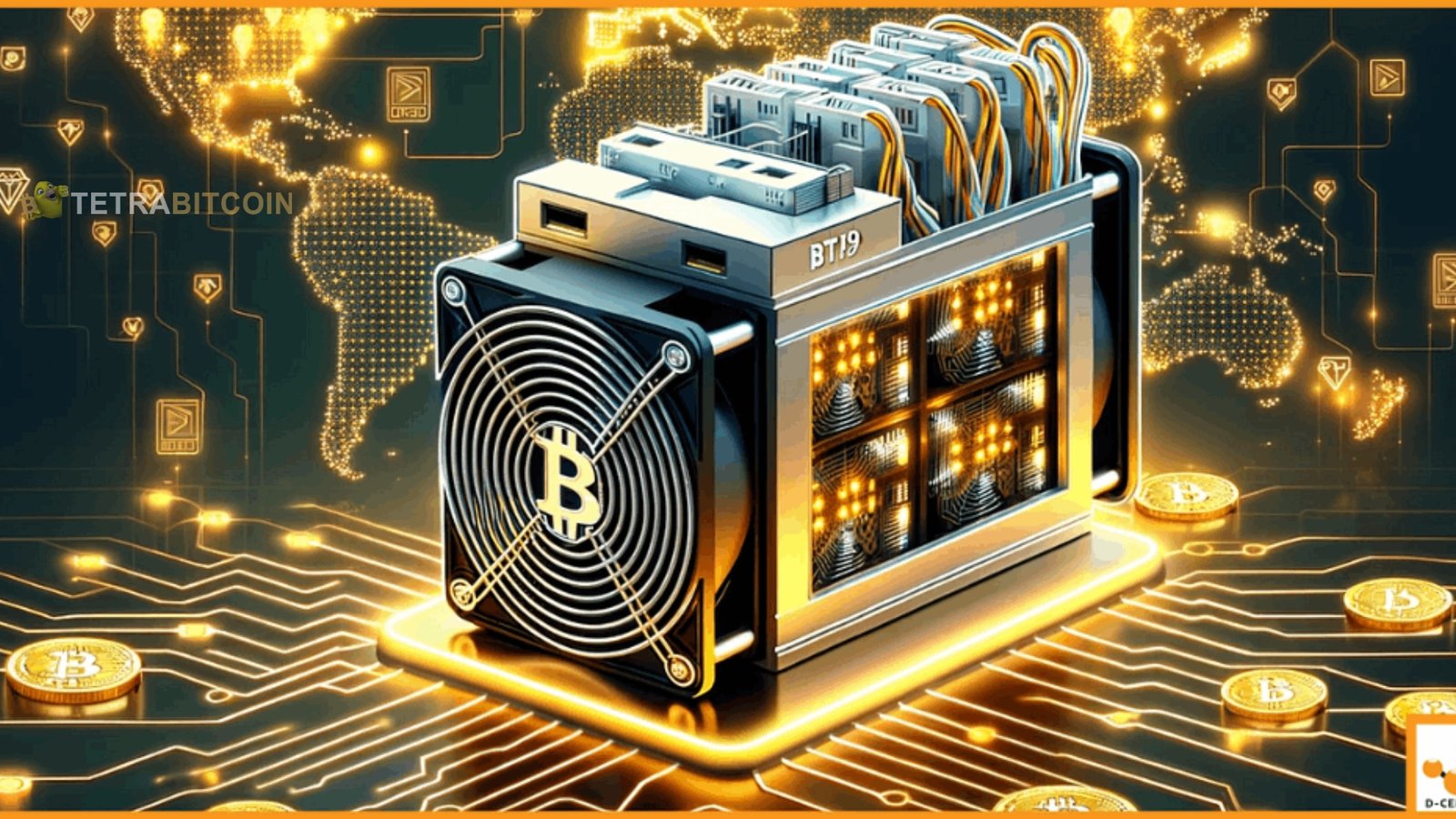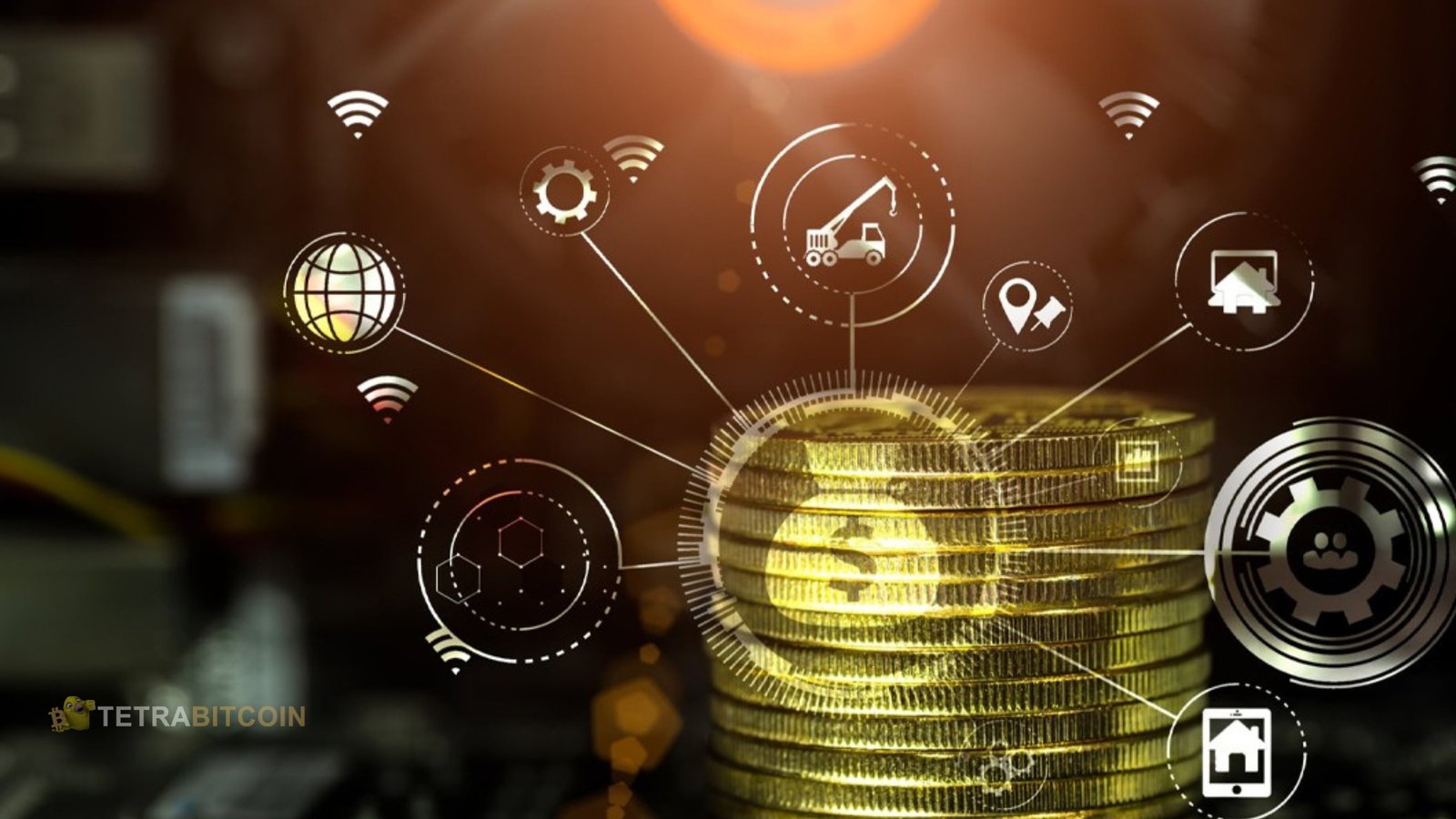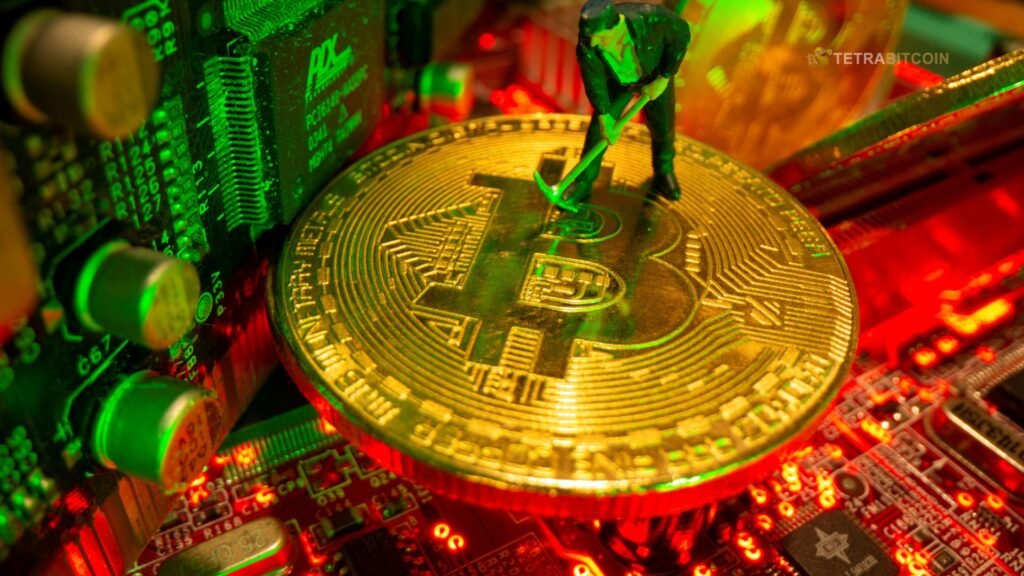Bitcoin Mining Machines: Bitcoin mining machines have substantially developed since they were first introduced. The technology underpinning mining has undergone constant development, beginning with the early days of CPU mining and ultimately culminating in the very complex ASIC (Application-Specific Integrated Circuit) computers used today. This article presents an overview of the most recent developments in Bitcoin mining machines. The essay delves into the characteristics, advantages, and trends influencing this industry.
Understanding Bitcoin Mining Machines
The process of mining Bitcoin requires resolving difficult cryptographic puzzles to validate and add new transactions to the network. This procedure calls for a significant amount of computational power, which is supplied by specialized pieces of hardware called mining machines. To solve the riddles, these computers compete with one another. The machine that is the first to solve the puzzle is awarded the opportunity to add the block to the blockchain and is paid with newly invented bitcoins.
Types of Bitcoin Mining Machines
ASIC Miners
Regarding mining hardware, ASIC miners are head and shoulders above the competition. Dedicated application-specific integrated circuits (ASICs) are superior to more general-purpose hardware like graphics processing units (GPUs), which are less efficient miners. Serious miners like them because of their strong hash rates and energy efficiency.
Cutting-Edge Models: Bitmain Antminer S19 Pro+, MicroBT WhatsMiner M30S++, and Antminer S19 XP are some of the newest models of ASIC miners. These versions are designed to function at lower power consumption than their predecessors and have remarkable hash rates ranging from 90 TH/s to 140 TH/s.
FPGA Miners

Although FPGA miners, also known as Field-Programmable Gate Array miners, are less widespread than ASIC miners, they provide a compromise between GPUs and ASIC miners. It is possible to reprogram FPGAs to accommodate various algorithms, making them more adaptable. Additionally, they are not as effective as ASICs when mining Bitcoin; they are particularly looking for flexibility.
GPU Miners
In the early days of Bitcoin, GPU mining was the most commonly used approach. On the other hand, graphics processing units (GPUs) are still utilized for mining other cryptocurrencies; however, due to the increased difficulty level and competition, GPUs are no longer practicable for mining Bitcoin. Modern ASICs have surpassed graphics processing units (GPUs) in terms of performance and energy efficiency.
Key Innovations in Mining Machines
Recent developments include improved energy efficiency, innovative cooling techniques such as immersion cooling, modular and scalable designs for flexibility, and integration with renewable energy sources to lessen environmental impact. These improvements address both the growing operational demands and concerns about sustainability.
Enhanced Energy Efficiency
Energy efficiency is a major trend in Bitcoin mining. Producing devices with greater hash rates per watt of power is becoming more important as the network’s difficulty and electricity costs continue to climb. For instance, Bitmain and MicroBT’s newest versions have improved cooling systems and power-saving chip designs.
Advanced Cooling Solutions

As computational power increases, efficient cooling becomes increasingly important to keep the hardware’s performance and longevity intact. Recent developments include immersion cooling systems involving mining machines submerging in a specialized cooling fluid that dissipates heat more effectively than conventional air cooling methods.
Modular and Scalable Designs
Manufacturers are developing modular and expandable mining rigs to meet the demands of large-scale mining operations. These layouts make it easy for miners to add more units or upgrade parts without completely redoing their setup, which is great for expansion. No matter the size of your organization, this method will provide you with the flexibility and cost-efficiency you need.
Integration with Renewable Energy
Concern about environmental impact is growing in the mining sector. Solar and wind power are being integrated into some of the most recent mining equipment and facilities to lessen their environmental impact. As businesses work to reduce their impact on the environment and make Bitcoin mining more sustainable, this trend is likely to continue.
Market Trends and Future Outlook

Due to the rising difficulty and competition in the Bitcoin market, there is a growing need for sophisticated mining hardware. The availability and demand for equipment cause its pricing to fluctuate. Regulatory changes and sustainability concerns influence current and future operating practices and opportunities.
Increasing Difficulty and Competition
Mining Bitcoin is becoming increasingly challenging due to the growing number of miners joining the network and the advancements in mining equipment. Because of this trend, there is a growing demand for more modern and efficient equipment. Additionally, because of the competitive landscape, the only companies that will continue to be profitable are those that own the most up-to-date and efficient gear.
Price Volatility of Mining Equipment
The supply and demand for Bitcoin mining devices, technological breakthroughs, and market conditions can all substantially impact the prices of these machines. Costs can skyrocket during times of high demand, while technological developments may cause older models to lose value faster.
Further Read: The Biggest Bitcoin Whales: Titans of the Crypto World
Regulatory Developments
On a global scale, regulations concerning cryptocurrency mining are undergoing development. Due to environmental concerns or financial regulations, Mining activities are subjected to more stringent laws in several nations. To ensure compliance and prevent potential legal complications. Miners need to be informed about any changes that may occur in the regulations that govern their locations.
In summary
Innovations in cooling technology, sustainability, and overall mining efficiency are driving change in the Bitcoin mining industry. While application-specific integrated circuit (ASIC) miners still have the upper hand, new developments like modular designs and incorporating renewable energy sources are dictating mining’s future. It will be essential for everyone engaged in Bitcoin mining to stay informed about the newest trends and technology. As the difficulty of mining continues to rise, the industry faces new obstacles.
Miners may stay ahead of the competition in the ever-changing Bitcoin mining industry by learning about the latest mining hardware and software developments and monitoring industry trends.
FAQs
Q1. How does cooling affect the performance of mining machines?
Effective cooling is crucial for maintaining the performance and longevity of mining machines. Advanced cooling solutions, such as immersion cooling, help dissipate heat more efficiently, allowing machines to operate optimally.
Q2. Are FPGA miners still relevant for Bitcoin mining?
While FPGA miners offer flexibility and can be reprogrammed for different algorithms, they are less efficient than ASIC miners for Bitcoin mining. Most Bitcoin miners prefer ASICs due to their higher performance and energy efficiency.
Q3. How does the integration of renewable energy impact Bitcoin mining?
Integrating renewable energy sources like solar or wind power can reduce Bitcoin mining’s environmental impact and lower operational costs. This trend is becoming more popular as miners seek to improve sustainability and address environmental concerns.
Q4. What are the potential risks associated with mining Bitcoin?
Risks include fluctuating equipment prices, increasing mining difficulty, regulatory changes, and environmental concerns. To mitigate these risks, miners should stay informed about market trends, technological advancements, and regulatory developments.

